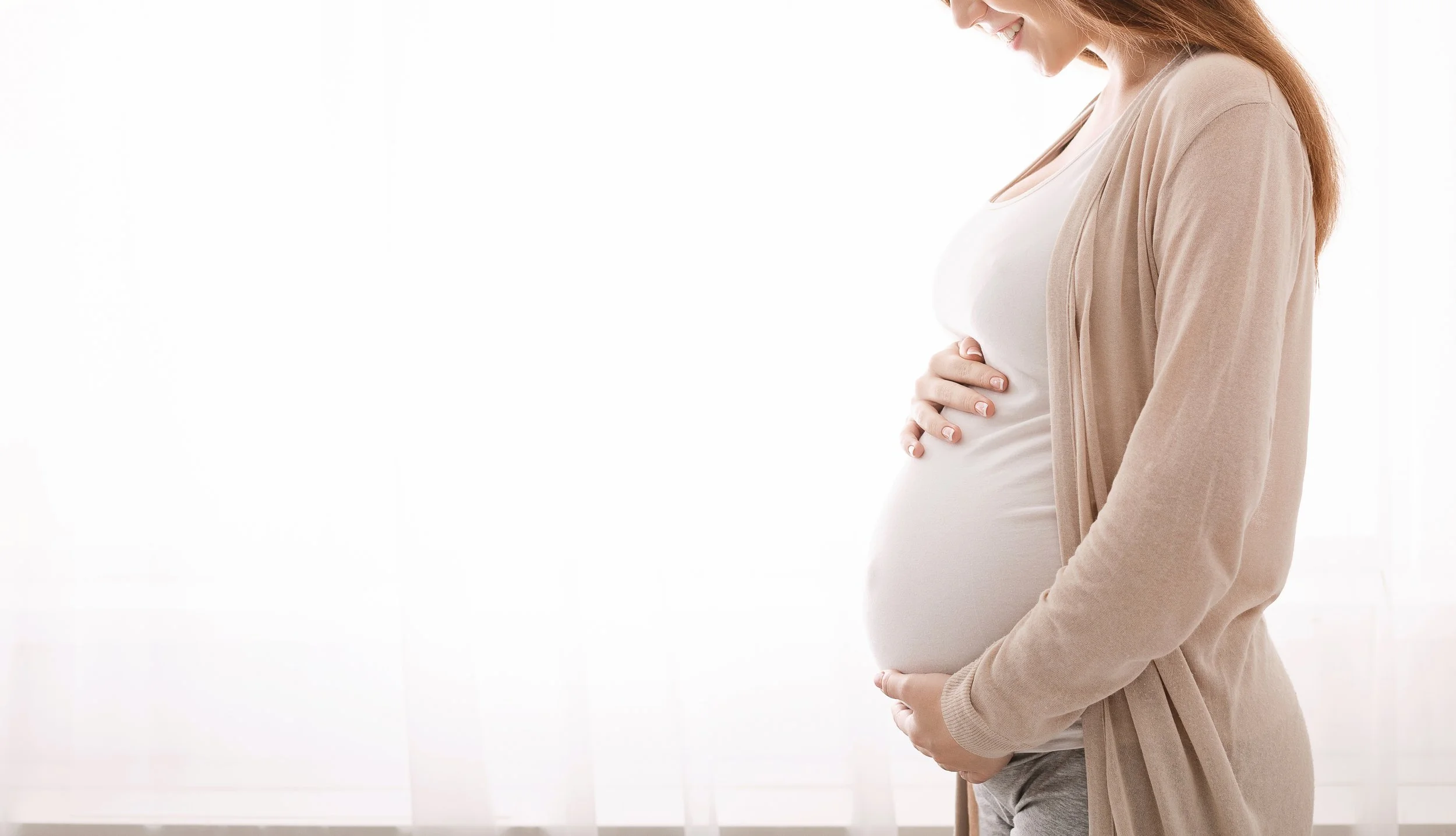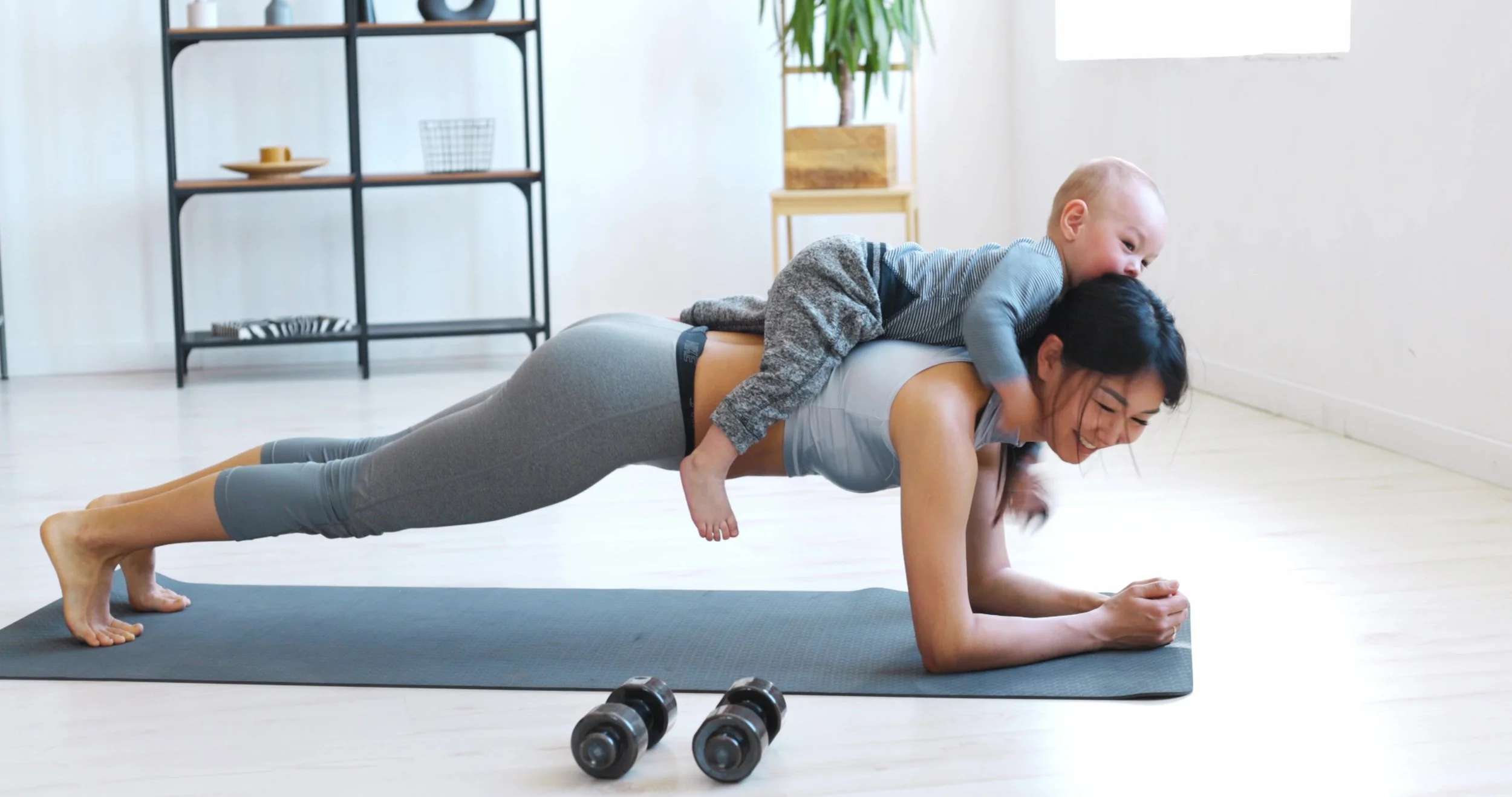In October we welcomed a new team member to our crew, baby Griffin! Having a baby around means a lot of holding and carrying a squirmy ~15 pound active little boy (and other heavy baby gear). While it’s not always possible to think about ergonomics, we thought it’d be helpful to share a few tips regarding this topic to try and protect any new parent’s shoulders, back and hips!
• Each time you carry your baby try to switch sides. This will protect one hip and arm from constantly carrying the load.
• Same goes for loading/unloading the car seat. If the car seat is in the middle seat of the car, try to alternate which side of the car you load and unload from. Also, try to load/unload in two steps instead of trying to maneuver the car seat in and out in one difficult motion.
• When picking up your baby from the floor, bend your knees and lift with your legs instead of from your back. Bring your baby in close to you instead of extending your arms out. This will protect your shoulders and upper back.
• Try to resist the urge to hike your hip and rest your baby on your side – or at least try and limit the amount of time you’re in this position. Over time, this position can lead to malalignment of your pelvis, hips, and back.
• Consider “wearing” your baby in a carrier. There are a lot of great online and in-person resources to learn the best (and safest) techniques.
• If possible, carry the diaper bag “messenger style” with the strap across your body instead of over one shoulder. Better yet, use a backpack diaper bag.
Lastly, let your physical therapist know if you are having trouble with any of these tasks. We can help you figure out the best mechanics for your body.










